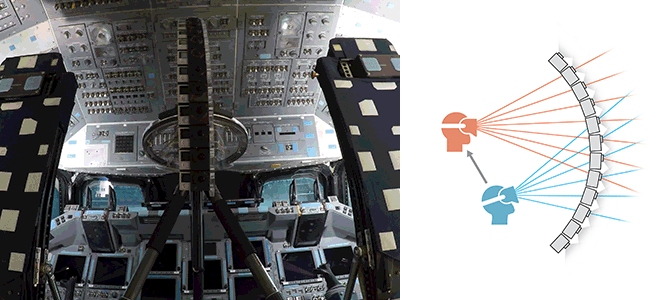In 2017, Google planned to develop a next-gen OLED VR display with a leading OLED maker. This year, Google will be showing off this display at SID 2018 in May.
The AMOLED display is 4.3" in size, has a refresh rate of 120 Hz, and a high resolution allowing for 1443 PPI (pixels per inch).
The display is designed to offer a wide field of view, as such, the resolution might be approximately 5200x3380.
Source: 1, 2
For comparison:
| Google Display | HTC Vive Pro | Samsung HMD Odyssey | |
|---|---|---|---|
| Display Size | 4.3" | 3.5" | 3.5" |
| Display Technology | AMOLED | AMOLED | AMOLED |
| PPI | 1443 | 615 | 615 |
| Aspect Ratio | ~1.54:1 (?) | 1.11:1 | 1.11:1 |
| Resolution | ~5200x3380 (?) | 1600x1440 | 1600x1440 |
| Refresh Rate | 120 Hz | 90 Hz | 90 Hz |

Log in to comment